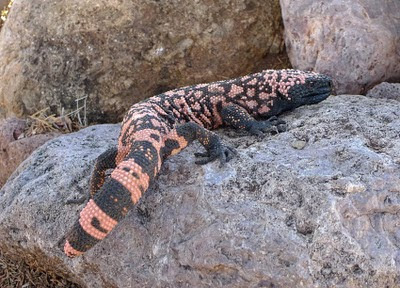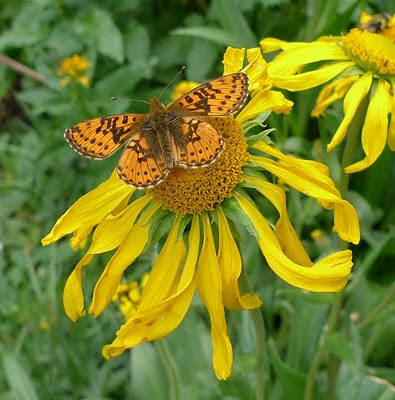The Berylline's nest is difficult to see, tucked amid the sycamore leaves. One good vantage point is from across the road, right in the campground entrance, where you'd be blocking camper traffic if there were traffic to block. Watch for the female to zip into the nest from a foraging foray.
Well-hidden nest of a Berylline Hummingbird (Photos by Narca)
In 1993, Alan and I found the first Berylline in New Mexico, a female visiting a feeder at our home next to the ranchhouse in Guadalupe Canyon. I spotted her from inside the cabin, at the same time that Alan spotted her from outside, and we both rushed to tell each other. Luckily, she roosted that night in a shrub right outside our window, and I was able to obtain this photo. (If the photo looks familiar, it's because Steve Howell used it in his superb book, Hummingbirds of North America: the Photographic Guide, and Rick Taylor used it in his just-released pocket guide, Birds of Southeastern Arizona.)
Female Berylline Hummingbird in Guadalupe Canyon, NM
The rancher for whom we were working didn't want us to tell anyone of the bird's presence until she had been gone for a month, as he feared the flood of birders that the sighting might bring to his doorstep.
Today the situation is very different. Beryllines are fairly easy to see in the Santa Rita Mountains at Madera Kubo and in the Huachuca Mountains at guesthouses like Beatty's Guest Ranch and Ash Canyon Bed & Breakfast, and thanks to these cordial proprietors, many a birder has savored this glittering avian gem.























































